Hiyan Alshawi
AT&T Research
Head Automata for Speech Translation
Jul 04, 1996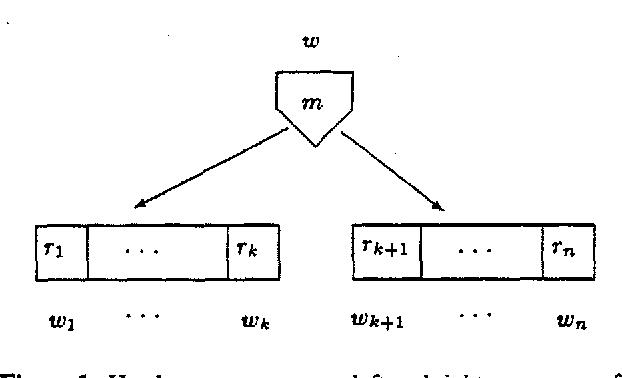
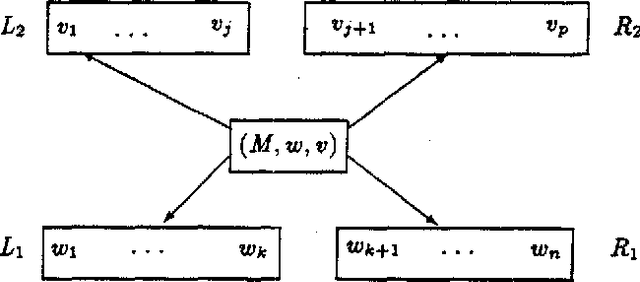
Abstract:This paper presents statistical language and translation models based on collections of small finite state machines we call ``head automata''. The models are intended to capture the lexical sensitivity of N-gram models and direct statistical translation models, while at the same time taking account of the hierarchical phrasal structure of language. Two types of head automata are defined: relational head automata suitable for translation by transfer of dependency trees, and head transducers suitable for direct recursive lexical translation.
Head Automata and Bilingual Tiling: Translation with Minimal Representations
Jul 03, 1996


Abstract:We present a language model consisting of a collection of costed bidirectional finite state automata associated with the head words of phrases. The model is suitable for incremental application of lexical associations in a dynamic programming search for optimal dependency tree derivations. We also present a model and algorithm for machine translation involving optimal ``tiling'' of a dependency tree with entries of a costed bilingual lexicon. Experimental results are reported comparing methods for assigning cost functions to these models. We conclude with a discussion of the adequacy of annotated linguistic strings as representations for machine translation.
CLARE: A Contextual Reasoning and Cooperative Response Framework for the Core Language Engine
Nov 01, 1994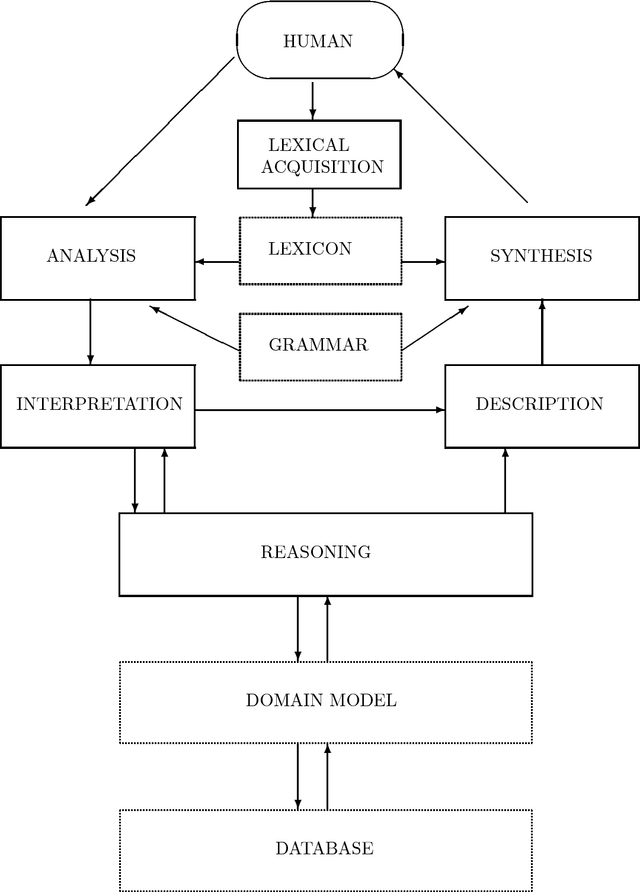
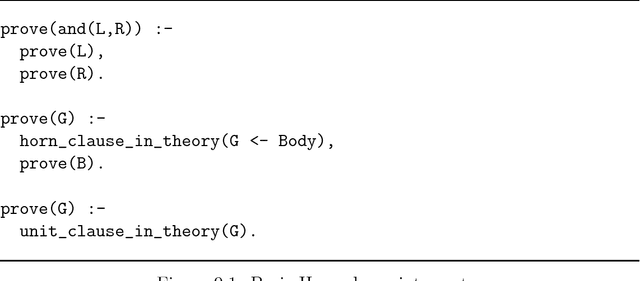
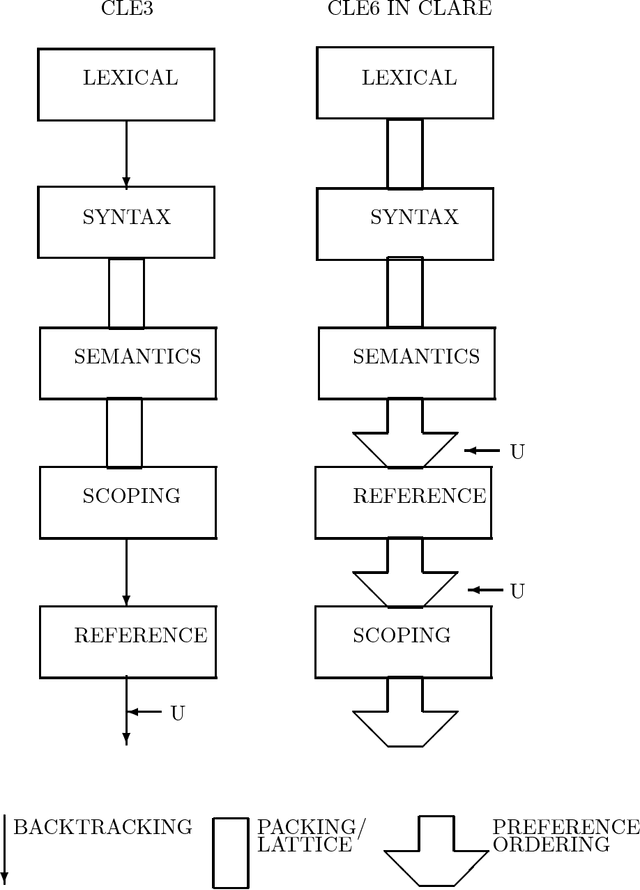

Abstract:This report describes the research, design and implementation work carried out in building the CLARE system at SRI International, Cambridge, England. CLARE was designed as a natural language processing system with facilities for reasoning and understanding in context and for generating cooperative responses. The project involved both further development of SRI's Core Language Engine (Alshawi, 1992, MIT Press) natural language processor and the design and implementation of new components for reasoning and response generation. The CLARE system has advanced the state of the art in a wide variety of areas, both through the use of novel techniques developed on the project, and by extending the coverage or scale of known techniques. The language components are application-independent and provide interfaces for the development of new types of application.
Qualitative and Quantitative Models of Speech Translation
Aug 24, 1994Abstract:This paper compares a qualitative reasoning model of translation with a quantitative statistical model. We consider these models within the context of two hypothetical speech translation systems, starting with a logic-based design and pointing out which of its characteristics are best preserved or eliminated in moving to the second, quantitative design. The quantitative language and translation models are based on relations between lexical heads of phrases. Statistical parameters for structural dependency, lexical transfer, and linear order are used to select a set of implicit relations between words in a source utterance, a corresponding set of relations between target language words, and the most likely translation of the original utterance.
Training and Scaling Preference Functions for Disambiguation
Aug 24, 1994



Abstract:We present an automatic method for weighting the contributions of preference functions used in disambiguation. Initial scaling factors are derived as the solution to a least-squares minimization problem, and improvements are then made by hill-climbing. The method is applied to disambiguating sentences in the ATIS (Air Travel Information System) corpus, and the performance of the resulting scaling factors is compared with hand-tuned factors. We then focus on one class of preference function, those based on semantic lexical collocations. Experimental results are presented showing that such functions vary considerably in selecting correct analyses. In particular we define a function that performs significantly better than ones based on mutual information and likelihood ratios of lexical associations.
 Add to Chrome
Add to Chrome Add to Firefox
Add to Firefox Add to Edge
Add to Edge